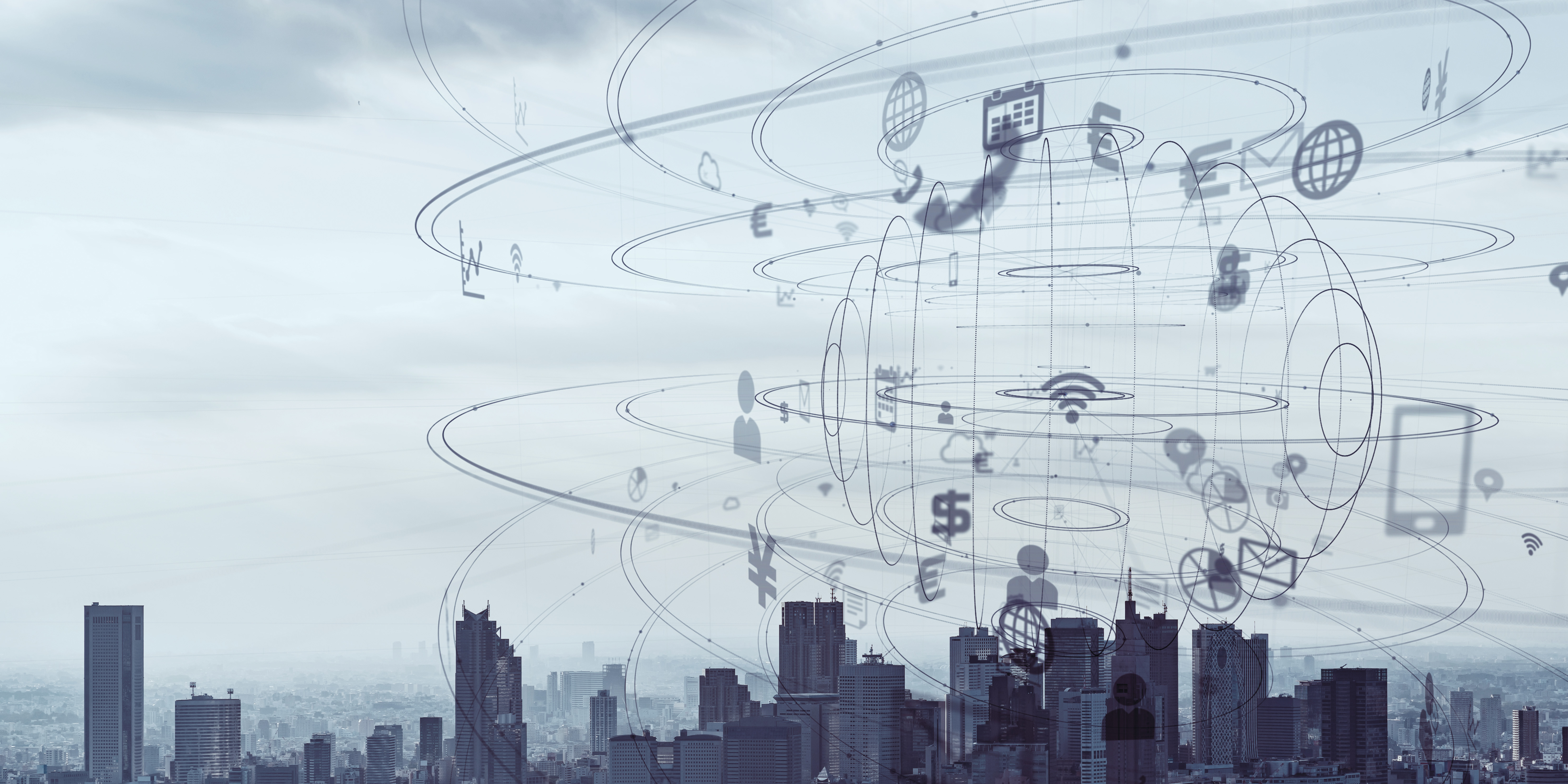Internet of Things (IoT) is transforming the way healthcare is delivered and managed. IoT devices and sensors are being used to monitor and collect data on patients in real-time, providing doctors and healthcare providers with valuable insights into patient health and wellness.
Internet of Things in healthcare refers to a network of devices, sensors, and applications that are connected to the internet and used to monitor and collect data on patients. IoT devices can include everything from wearable devices and fitness trackers to smart medical devices and implantable sensors.
The use of these types of devices and other applications in healthcare has grown rapidly in recent years reaching over 15 billion connected IoT devices worldwide with experts expecting that number to double by 2030. This growth is driven by the need to improve patient outcomes and reduce healthcare costs because these devices can give healthcare providers real-time data on patient health and wellness, allowing them to detect and respond to health issues more quickly and effectively.
This blog post explores the impact of IoT on healthcare delivery and patient outcomes, highlighting some of the latest trends and innovations in the field.
Examples of IoT Devices in Healthcare
There are many different types of IoT devices being used in healthcare today. Some of the most popular include:
- Wearable Devices: Wearable devices are perhaps the most well-known type of IoT device in healthcare. These devices include fitness trackers, smartwatches, and other devices that can track a person's physical activity, heart rate, and other health metrics.
- Smart Medical Devices: Smart medical devices are used to monitor and collect data on patients in real-time. Examples of smart medical devices include blood glucose monitors, blood pressure monitors, and ECG monitors.
- Implantable Sensors: Implantable sensors are used to collect data on patients from inside the body. These sensors can be used to monitor things like glucose levels, heart rate, and other health metrics.
- Remote Monitoring Systems: Remote monitoring systems are used to monitor patients outside of the hospital or clinic setting. These systems can include everything from telemedicine platforms to home-based monitoring devices.
The Impact of IoT on Healthcare Delivery
IoT has the potential to revolutionize healthcare delivery in a number of ways. Here are some of the key ways in which IoT is changing the way healthcare is delivered:
- Real-time Data Collection: One of the biggest benefits of IoT in healthcare is the ability to collect real-time data on patients. IoT devices can collect data on a patient's vital signs, physical activity, and other health metrics, providing doctors and healthcare providers with valuable insights into patient health and wellness.
- Improved Patient Outcomes: By collecting real-time data on patients, healthcare providers can identify health issues more quickly and respond to them more effectively. This can lead to improved patient outcomes and a better overall quality of care.
- Remote Patient Monitoring: IoT devices are also being used to monitor patients outside of the hospital or clinic setting. This can be particularly beneficial for patients with chronic conditions who need ongoing monitoring and care.
Remote Monitoring
IoT-enabled remote monitoring is one of the most significant and widely adopted use cases of this technology in healthcare. IoT sensors and wearables can continuously monitor a patient's vital signs, medication adherence, and activity levels, among other parameters. This data is transmitted to healthcare providers in real-time, enabling them to provide proactive care and intervene before a patient's condition worsens.
For example, new data from a BMAD trial found that after patients used a wearable device that provided feedback about their vitals, they were a relative 38% less likely to be hospitalized for heart failure by 90 days. Patients wore the monitor for up to 90 days and information was transmitted to both them and their clinician, with action alerts given when their thoracic fluid index (TFI) exceeded 1.2 for at least 3 consecutive days. This allowed their clinicians to work quickly and make proactive changes to their patient’s care plan as their physical well being changed in real time.
It is also one of the most widely adopted use cases of IoT in healthcare. The use of IoT sensors and wearables enables continuous monitoring of a patient's vital signs, medication adherence, and activity levels, among other parameters. With remote monitoring, patients can receive personalized care from the comfort of their homes, while healthcare providers can remotely monitor and manage their health status.
Asset Tracking
IoT-enabled asset tracking is another significant application of IoT in healthcare. Hospitals and other healthcare facilities use sensors to track the location and condition of medical equipment, such as hospital beds, infusion pumps, and wheelchairs. Asset tracking enables healthcare providers to optimize equipment utilization, reduce equipment downtime, and improve patient safety by ensuring that equipment is in good condition and available when needed.
Tracking also has a role in improving patient safety by tracking patients within healthcare facilities. IoT sensors can be used to track patient movement, especially in areas such as the emergency department and critical care units. By monitoring patient movements, healthcare providers can detect potential safety issues such as falls, wanderings, or elopements.
With real-time location tracking, healthcare staff can quickly respond to incidents and improve patient outcomes. Furthermore, tracking patient movement can also be used to optimize workflow and patient flow within a hospital or clinic, allowing for better resource allocation and staff scheduling.
Predictive Maintenance
IoT-enabled predictive maintenance is a technique that uses IoT sensors to monitor the performance and condition of medical equipment in real-time. Predictive maintenance algorithms use machine learning and artificial intelligence to analyze the data collected by the IoT sensors and predict when maintenance or repairs are needed. Predictive maintenance enables healthcare providers to reduce equipment downtime, improve equipment performance, and extend the lifespan of medical equipment.
According to a report by Grand View Research, the global predictive maintenance market is expected to reach $28.24 billion by 2025, growing at a CAGR of 37.9% from 2020 to 2025. The increasing adoption of IoT and machine learning technologies, the need to reduce maintenance costs, and the growing demand for predictive maintenance in the manufacturing and healthcare sectors are some of the factors driving the growth of the predictive maintenance market.
Patient Engagement
IoT-enabled patient engagement refers to the use of IoT technology to empower patients to take an active role in their healthcare. IoT devices and wearables can provide patients with real-time feedback on their health status, enabling them to make informed decisions about their lifestyle and treatment. IoT-enabled patient engagement can improve patient satisfaction, adherence to treatment, and overall health outcomes.
IoT is transforming the healthcare industry by enabling healthcare providers to deliver personalized, proactive, and cost-effective care. IoT-enabled remote monitoring, asset tracking, predictive maintenance, and patient engagement are just a few examples of the many applications of IoT in healthcare. As the adoption of IoT continues to grow, healthcare providers must ensure that they have the infrastructure, processes, and expertise to leverage IoT effectively and deliver the best possible
Looking Into The Future of Advanced Systems
As an undeniable force in healthcare, IoT is reshaping the industry through real-time patient data collection via wearables, implantable sensors, and smart medical devices. This vast wealth of insights is driving improved patient outcomes and quality of care.
The widespread adoption of IoT enables remote patient monitoring and asset tracking, fostering personalized home-based care and enhancing healthcare facility workflows. IoT also optimizes predictive maintenance, minimizing equipment downtime, enhancing performance, and prolonging lifespan.
While IoT's full potential in healthcare remains to be fully explored, its significant impact on care delivery and patient outcomes is evident and set to increase as the number of IoT devices escalates. To dive deeper into the fascinating world of cutting-edge technology and healthcare, tune into our podcast, The Health/Tech Edge.


.png)

.png)